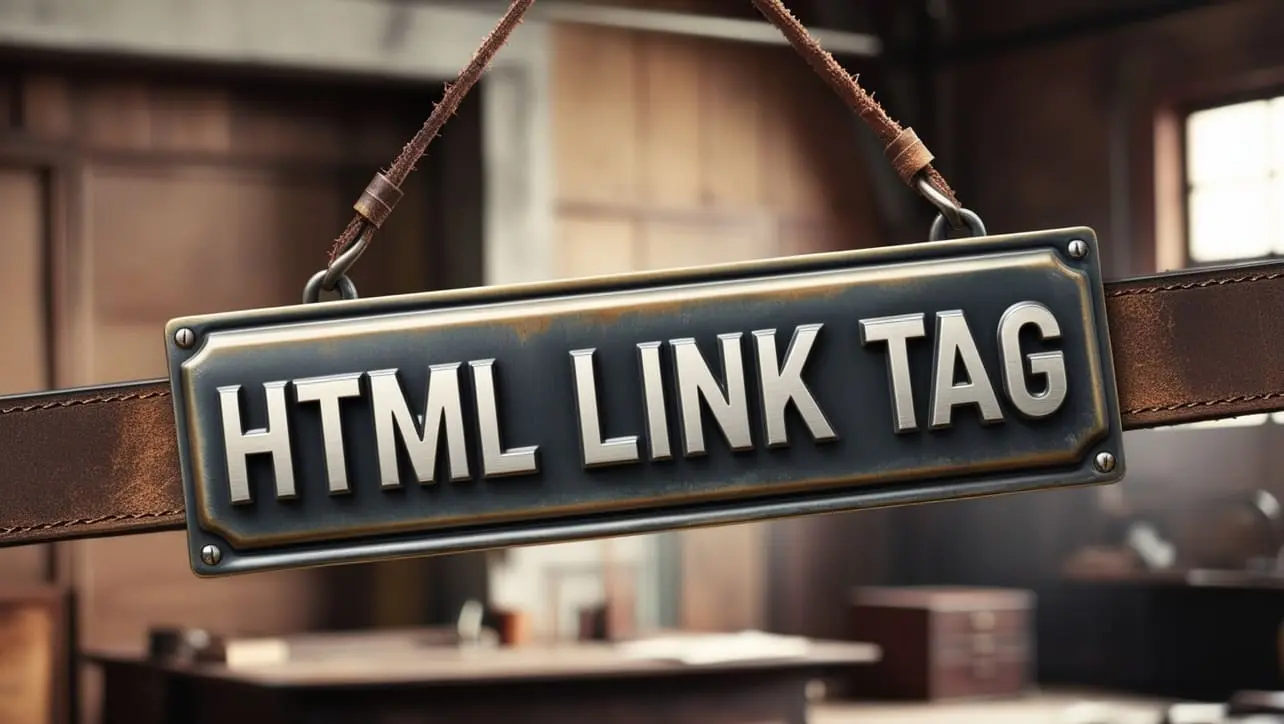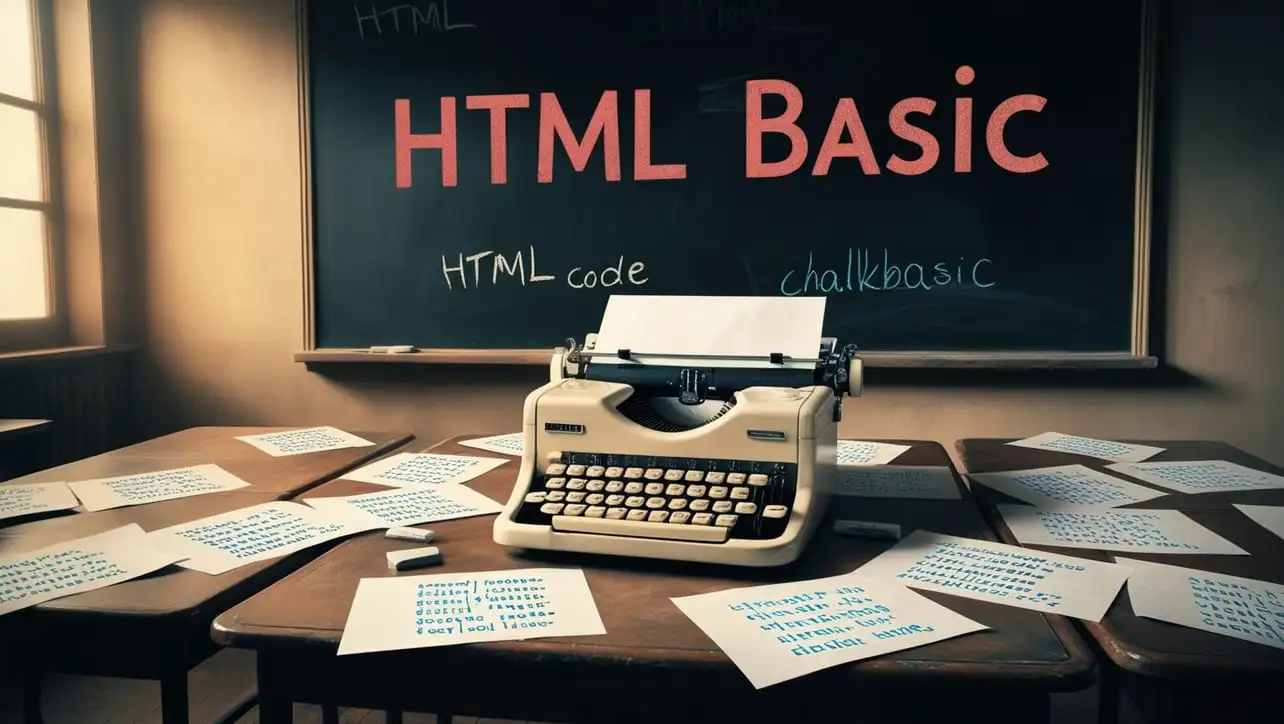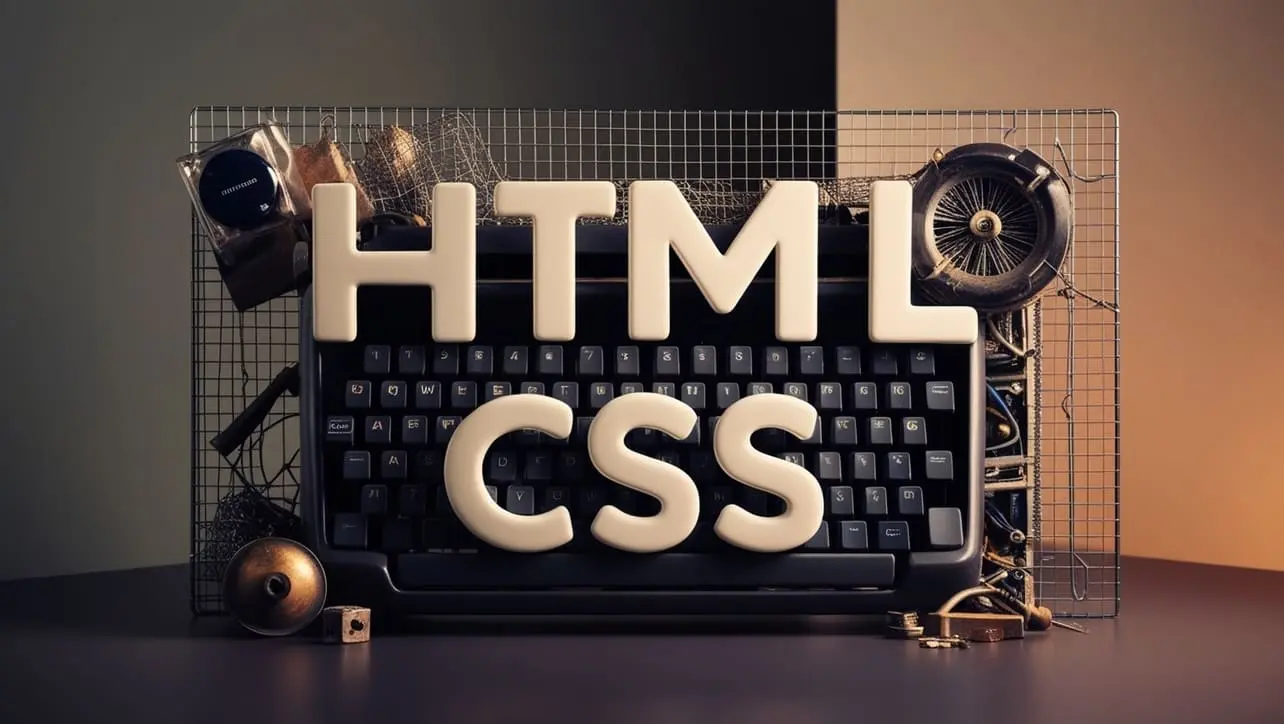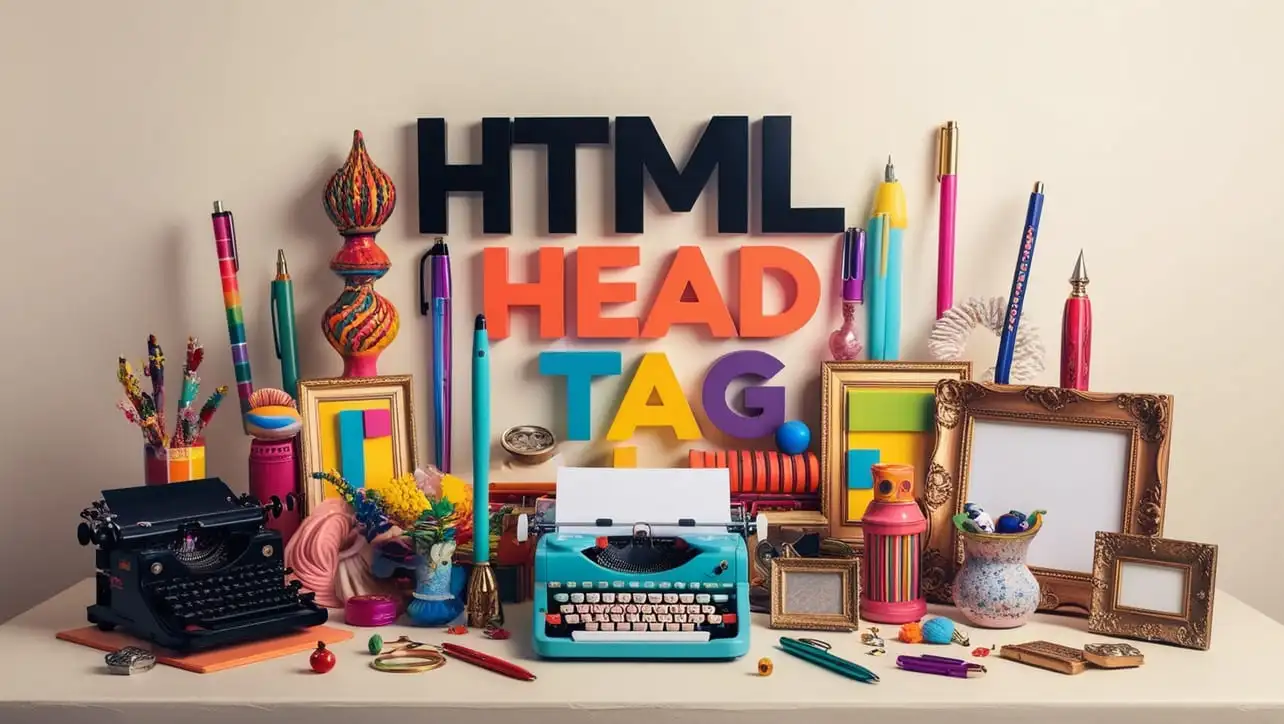
HTML Topics
- HTML Intro
- HTML Basic
- HTML Editors
- HTML CSS
- HTML Tags
- <!--...-->
- <!DOCTYPE>
- <a>
- <abbr>
- <address>
- <area>
- <article>
- <aside>
- <audio>
- <b>
- <base>
- <bdi>
- <bdo>
- <bgsound>
- <blink>
- <blockquote>
- <body>
- <br>
- <button>
- <canvas>
- <caption>
- <cite>
- <code>
- <col>
- <colgroup>
- <data>
- <datalist>
- <dd>
- <del>
- <details>
- <dfn>
- <dialog>
- <div>
- <dl>
- <dt>
- <em>
- <embed>
- <fieldset>
- <figcaption>
- <figure>
- <footer>
- <form>
- <h1> to <h6>
- <head>
- <header>
- <hgroup>
- <hr>
- <html>
- <i>
- <iframe>
- <img>
- <input>
- <ins>
- <kbd>
- <label>
- <legend>
- <li>
- <link>
- <main>
- <map>
- <mark>
- <menu>
- <meta>
- <meter>
- <nav>
- <noscript>
- <object>
- <ol>
- <optgroup>
- <option>
- <output>
- <p>
- <param>
- <picture>
- <pre>
- <progress>
- <q>
- <rp>
- <rt>
- <ruby>
- <s>
- <samp>
- <script>
- <search>
- <section>
- <select>
- <small>
- <source>
- <span>
- <strong>
- <style>
- <sub>
- <summary>
- <sup>
- <svg>
- <table>
- <tbody>
- <td>
- <template>
- <textarea>
- <tfoot>
- <th>
- <thead>
- <time>
- <title>
- <tr>
- <track>
- <u>
- <ul>
- <var>
- <video>
- <wbr>
- HTML Deprecated Tags
- HTML Events
- HTML Event Attributes
- HTML Global Attributes
- HTML Attributes
- HTML Comments
- HTML Entity
- HTML Head
- HTML Form
- HTML IndexedDB
- HTML Drag & Drop
- HTML Geolocation
- HTML Canvas
- HTML Status Code
- HTML Language Code
- HTML Country Code
- HTML Charset
- MIME Types
HTML link Tag

Photo Credit to CodeToFun
🙋 Introduction
In the vast landscape of web development, the <link> tag plays a pivotal role in connecting and styling HTML documents.
This comprehensive guide will take you through the intricacies of utilizing the HTML <link> tag effectively.
🤔 What is <link> Tag?
The <link> tag is a crucial HTML element that primarily serves the purpose of linking external resources to an HTML document. It is commonly used for connecting stylesheets, defining icons, and establishing relationships between documents.
💡 Syntax
To implement the <link> tag, use the following structure:
<link rel="stylesheet" type="text/css" href="styles.css">This example links an external CSS file (styles.css) to the HTML document, applying styles as defined in the linked stylesheet.
🧰 Attributes
The <link> tag supports several attributes to customize its behavior:
- rel (relationship): Specifies the relationship between the current document and the linked resource.
- type: Declares the MIME type of the linked resource.
- href (Hypertext Reference): Specifies the URL or path to the linked resource.
<link rel="icon" type="image/png" href="favicon.png">In this instance, the <link> tag is used to associate a favicon with the HTML document.
📚 Common Use Cases
Linking Stylesheets:
The most common use of the
<link>tag is to connect external stylesheets to HTML documents, allowing for the separation of content and presentation.linking-stylesheets.htmlCopied<link rel="stylesheet" type="text/css" href="styles.css">Favicon:
Establishing a favicon for your website is easily accomplished using the
<link>tag. This small icon appears in the browser's address bar or next to the page's name in a list of bookmarks.favicon.htmlCopied<link rel="icon" type="image/png" href="favicon.png">Preloading Resources:
Enhance performance by preloading resources with the
<link>tag, ensuring they are available when needed.preloading-resources.htmlCopied<link rel="preload" href="font.woff2" as="font" type="font/woff2">
🖥️ Browser Support
Understanding the compatibility of the <link> tag across different browsers is essential for delivering a consistent user experience. Here's an overview of its support:
- Google Chrome: Fully supported.
- Mozilla Firefox: Fully supported.
- Microsoft Edge: Fully supported.
- Safari: Fully supported.
- Opera: Fully supported.
- Internet Explorer: Fully supported.
🏆 Best Practices
- Place
<link>tags within the <head> section of your HTML document. - Use relative paths for local resources and absolute paths for external resources.
- Utilize appropriate rel values for the type of resource being linked.
🎉 Conclusion
The HTML <link> tag is a versatile element that significantly contributes to the structure and presentation of web documents. By mastering its implementation, you empower your web development projects with enhanced styling and resource management capabilities.
👨💻 Join our Community:
Author

For over eight years, I worked as a full-stack web developer. Now, I have chosen my profession as a full-time blogger at codetofun.com.
Buy me a coffee to make codetofun.com free for everyone.
Buy me a Coffee












If you have any doubts regarding this article (HTML link Tag), please comment here. I will help you immediately.